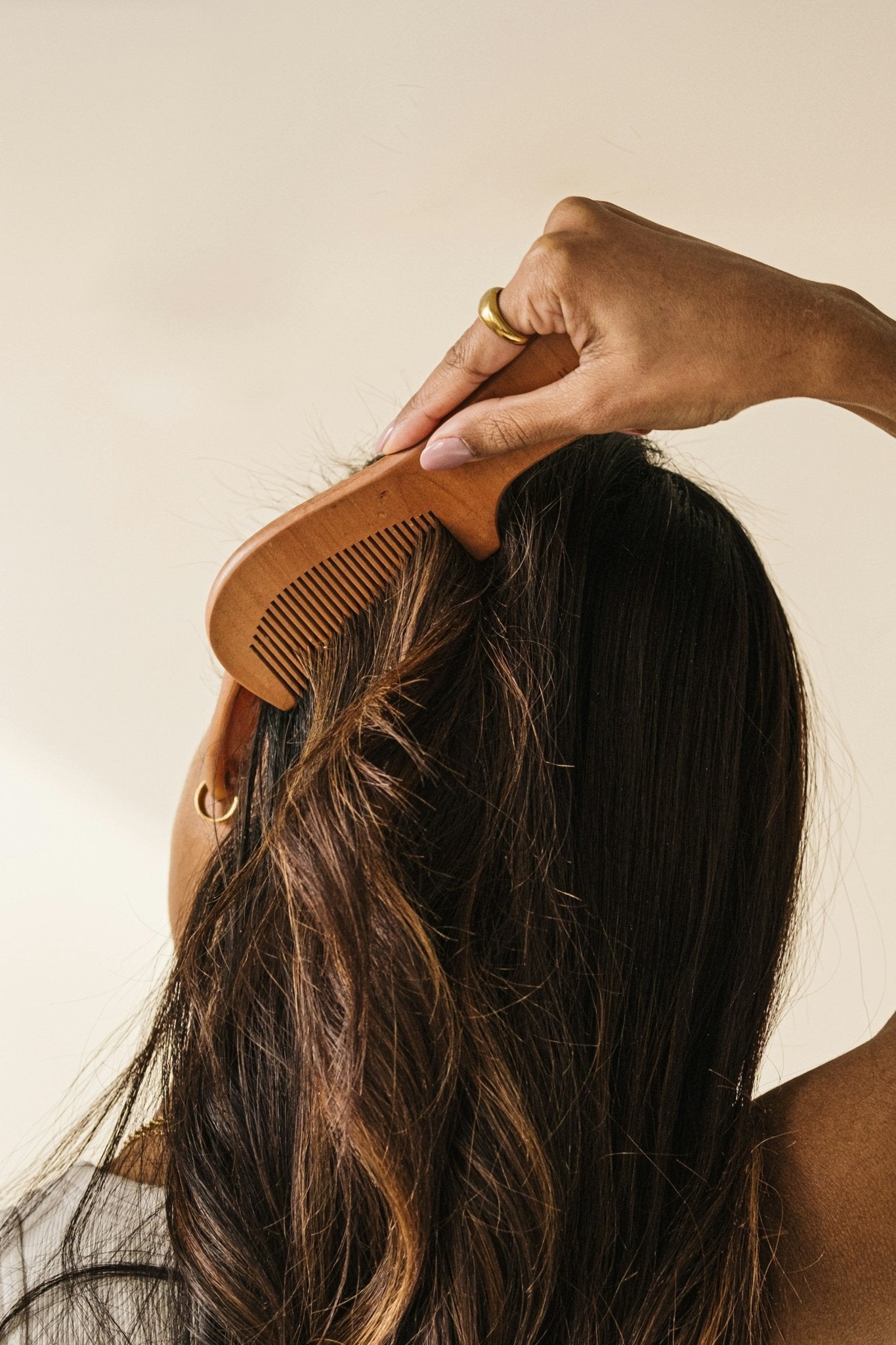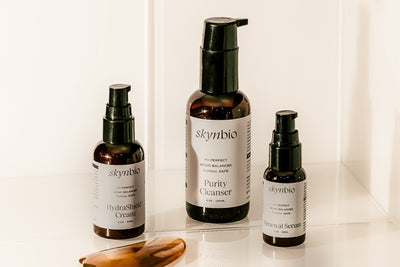Seborrheic dermatitis is a common, chronic skin condition that affects millions of people worldwide, causing flakiness, irritation, and discomfort. If you've experienced itchy, red, or scaly patches—especially on your scalp, face, or upper body—this could be the culprit.
In this post, we’ll break down what seborrheic dermatitis is, what causes it, and most importantly, how to care for it with effective skincare solutions.
What Is Seborrheic Dermatitis?
Seborrheic dermatitis is an inflammatory skin condition that primarily affects areas with high oil production, such as the scalp, eyebrows, sides of the nose, chest, and upper back.
Key Symptoms Include:
- Flaky skin – Often mistaken for dandruff, with yellow or white scales on the scalp.
- Red, irritated patches – Common in oil-rich areas that may appear oily or greasy.
- Itchy or burning sensation – Especially during flare-ups.
- Recurring flare-ups – Symptoms tend to cycle, worsening in response to triggers like cold weather or stress.
Although seborrheic dermatitis isn’t contagious or harmful, it can be frustrating and confidence-damaging—especially when it affects visible areas.
What Causes Seborrheic Dermatitis?
The exact cause isn’t fully understood, but several key factors contribute to flare-ups:
- Overgrowth of Malassezia Yeast – Naturally lives on the skin, but overgrowth leads to inflammation and flaking.
- Excess Oil Production – Thrives in oil-rich areas like the scalp, nose, and chest.
- Weakened Immune System – Increases risk of developing seborrheic dermatitis.
- Genetics & Hormonal Changes – Family history or hormonal shifts (puberty, pregnancy) can heighten susceptibility.
- Environmental & Lifestyle Triggers – Cold, dry air, stress, or excess heat/oil production can spark flare-ups.
How to Manage Seborrheic Dermatitis
Caring for seborrheic dermatitis means soothing irritation while minimizing yeast overgrowth. The right skincare routine can help manage flare-ups and keep symptoms under control.
1. Use Antifungal Ingredients
- Zinc Pyrithione, Ketoconazole, and Selenium Sulfide – Help control Malassezia overgrowth.
- Ziziphus Joazeiro Bark Extract – Found in Skynbio’s Renewal Serum, it regulates oil and calms inflammation naturally.
2. Choose a Gentle, pH-Balanced Cleanser
- Use microbiome-friendly cleansers that don’t strip the skin’s barrier.
- Avoid harsh surfactants and foaming agents.
💡 Try: Purity Cleanser | A gentle, microbiome-safe cleanser that cleans without disrupting the skin’s natural balance.
3. Moisturize Wisely
- Avoid heavy oils and fatty acids that feed Malassezia.
- Look for hydrating, non-comedogenic formulas with niacinamide, glycerin, ceramides, and urea.
💡 Try: HydraShield | A fungal-safe moisturizer that hydrates without feeding yeast overgrowth.
4. Reduce Inflammation with Skin-Calming Ingredients
- Aloe Vera, Green Tea Extract, and Chamomile – Calm redness and irritation.
- Colloidal Oatmeal & Licorice Root – Support the skin barrier and reduce sensitivity.
5. Avoid Irritants & Harsh Ingredients
- 🚫 Fragrances, alcohol, and sulfates can worsen symptoms by stripping the skin.
- 🚫 Occlusive creams and balms may trap heat and moisture, worsening yeast growth.
The Importance of a Consistent Skincare Routine
Managing seborrheic dermatitis isn’t about quick fixes—it’s about maintaining a simple, effective routine that supports your skin’s microbiome and barrier function.
Your Ideal Routine for Seborrheic Dermatitis
- 🔹 Step 1: Cleanse with a gentle, microbiome-balancing cleanser.
- 🔹 Step 2: Use an antifungal serum or treatment to help regulate oil and control Malassezia.
- 🔹 Step 3: Moisturize with lightweight, skin-soothing ingredients to keep skin calm and hydrated.
Final Thoughts: Take Control of Seborrheic Dermatitis
Seborrheic dermatitis can be frustrating, but with the right skincare approach, you can soothe irritation, prevent flare-ups, and restore balance to your skin.
At Skynbio, we create fungal-safe, microbiome-friendly products designed for sensitive, compromised skin. Our formulations nourish and protect your skin without feeding harmful overgrowths—helping you feel confident every day.
🚀 Upgrade your skincare with microbiome-safe solutions.




